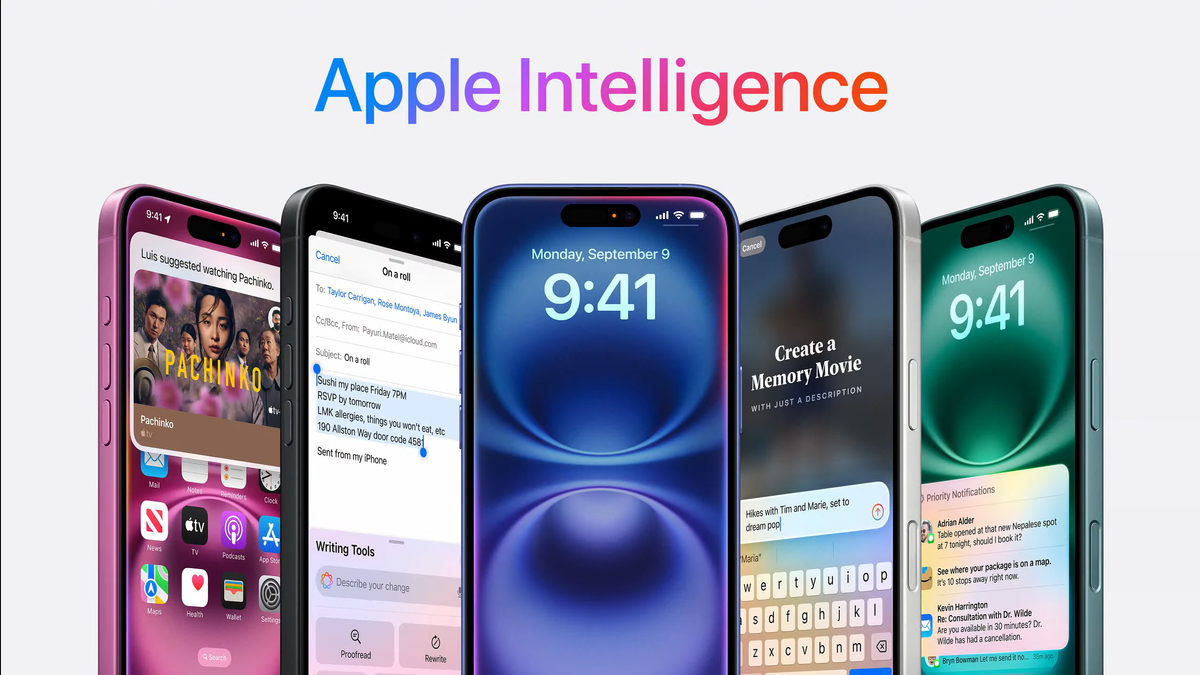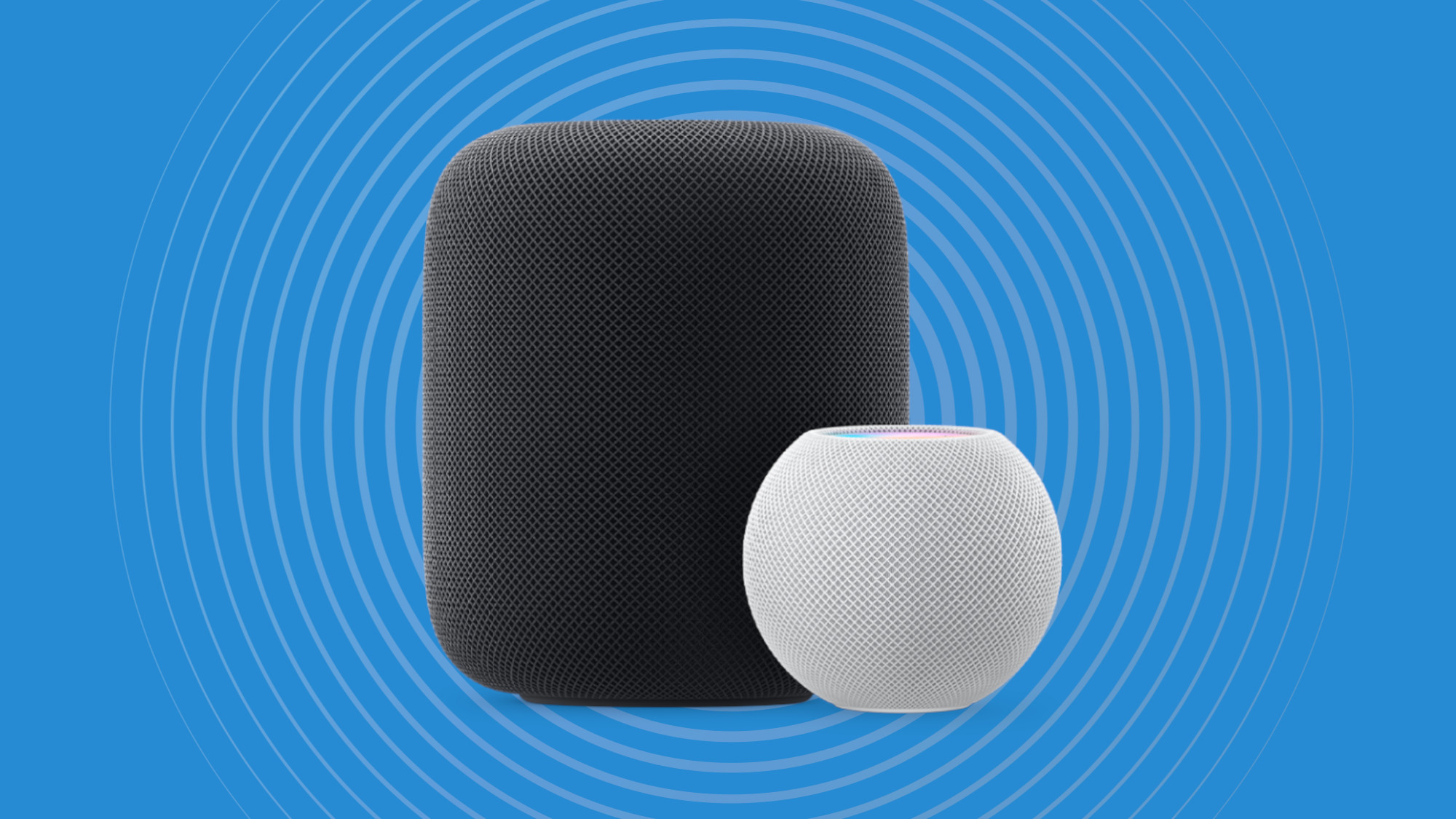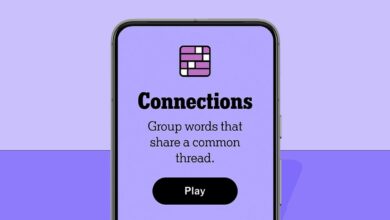Apple Intelligence feels like HomePod again

Apple’s Glowtime event delivered a flood of new products and features, centered around the Apple Intelligence AI that the company has been bragging about for months. For a rundown of everything you need to know, check out our iPhone 16 Pro hub . And for our first impressions, read our iPhone 16 Pro hands-on review.
But amid all the new and upcoming features, the actual rollout felt familiar. I kept noticing how every new feature already had a counterpart at Google, or OpenAI, or Meta, or all three and more. I have more than a cursory knowledge of what’s out there, and yet Apple’s deluge of features felt more like someone setting up a comparison than the forging of new, innovative territory, which is what Apple did in the 2000s. It really felt like I was watching Apple announce its HomePod smart speaker and its subsequent iterations.
Siri blew everyone away when it first came out, giving the iPhone some serious power and setting a standard that no one could reach for a while. But when Google Assistant and Amazon Alexa came along, Siri suddenly wasn’t so special anymore — and yet no one wanted to use it with their phones the way they did Siri. Then came Amazon Echo and Google Home (later Nest after an acquisition). Both companies poured resources into making compelling, relatively inexpensive smart speakers and displays, but also into ensuring their voice assistants were up to the task, often with better natural language processing, superior context retention, and deeper third-party integrations than Siri could ever offer.
The first Echo came out in 2014, the first Google Home arrived two years later, both quickly iterating on the voice assistant and the hardware that connected users to Alexa and Google Assistant. The first HomePod didn’t arrive until 2018, and suffered from many of the performance inconsistencies that led to complaints about Siri. The HomePod, while technically impressive in terms of sound quality, couldn’t compete with the Amazon Echo and Google Home. Both rivals had already cemented their place in homes by offering affordable smart speakers with extensive voice assistant capabilities that plugged into a broader ecosystem of smart home devices. Apple’s HomePod was more expensive, limited, and, frankly, late to the game. Even the later HomePod Mini could only attempt to match what had already been available from Amazon and Google for some time.

Apple AI’s Strong Competition
Apple Intelligence isn’t as far behind in its release timeline as Apple’s voice assistant and smart speaker, but look at the list of AI features and you’ll find the words “Google/OpenAI/many others have done it” repeated almost every time. The advanced natural language understanding, photo editing tools, and improved smartphone controls have all been announced or released by Google and others already. They reflect a company still trying to close the gap left by its AI rivals. Even Apple’s partnership news seems familiar. Embedding OpenAI’s models to give ChatGPT power to its features is a no-brainer, but one that Microsoft and others have already pursued. Even Google, with its own suite of AI models, looked to the potential of ChatGPT when developing features for its Gemini AI assistant.
There were only two ideas, one frivolous and one potentially important, from Apple that struck me as unique or at least noticeably different from what we’ve seen before. The Genmoji custom emojis are a fun idea that don’t seem all that easy to implement on Google-powered devices. More importantly, Apple made a point about how much AI processing will happen on-device and how it will use its Private Cloud Compute system to promote privacy and data security. That could be a big selling point for potential customers, even if it does limit some of what the AI can do compared to a cloud-first approach. But even on-device processing as a selling point for a smartphone was already done by Google when it debuted the Pixel 9.
Apple had a lot to say, and Apple Intelligence may bring some unique features to the table, but the company’s late entry and iterative approach to AI suggests it’s still behind the curve. Much like the HomePod’s struggle to gain traction in a market dominated by earlier entrants, Apple’s AI tools, while they have the Apple design polish and privacy focus that many admire, seem designed more to fit in with what others are already doing than to push the boundaries further. Apple may have been setting the stage for the next big tech craze, but it’s going to take more than cute custom emojis to regain that position; just ask the ten people who still own a HomePod.




